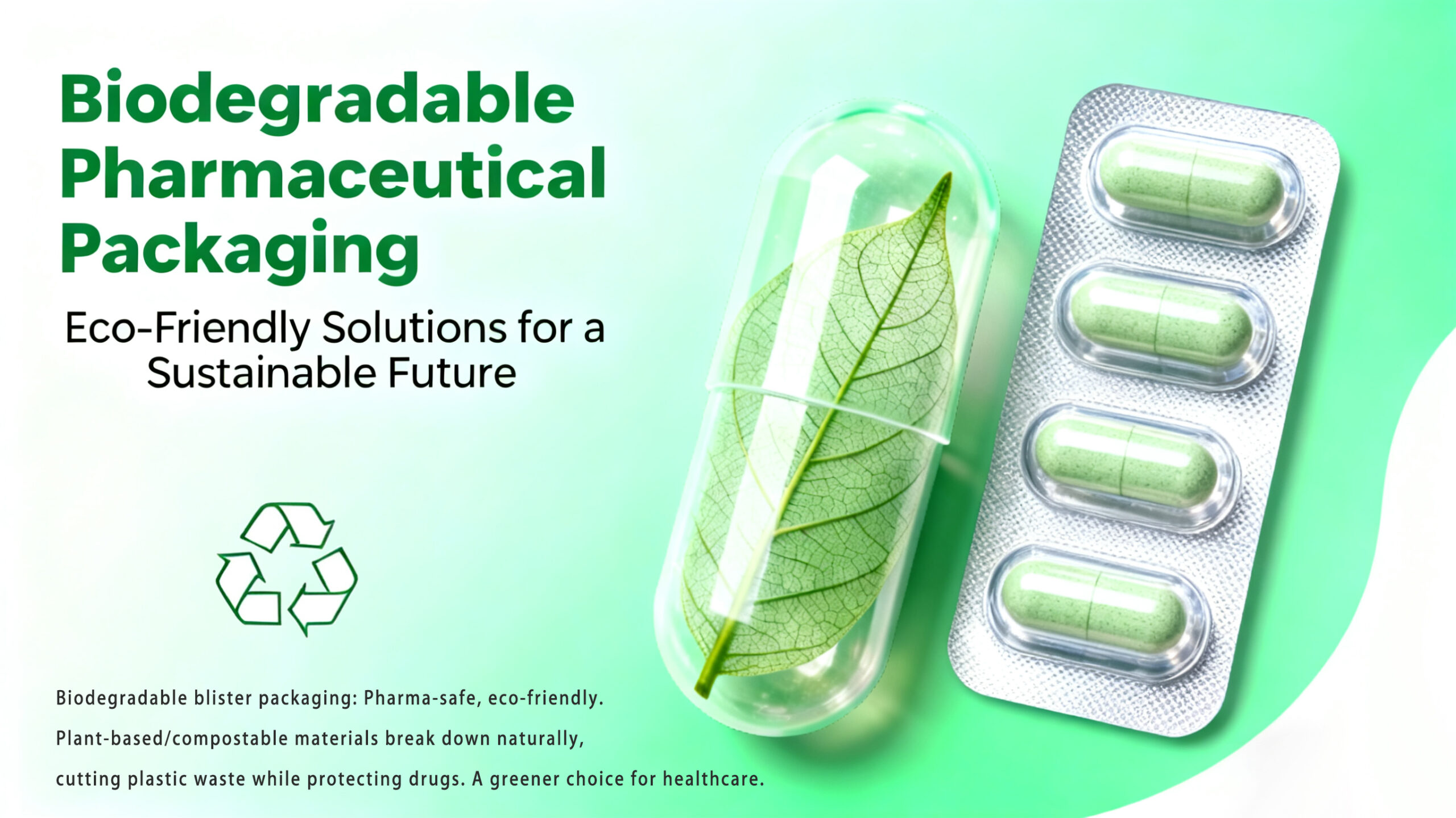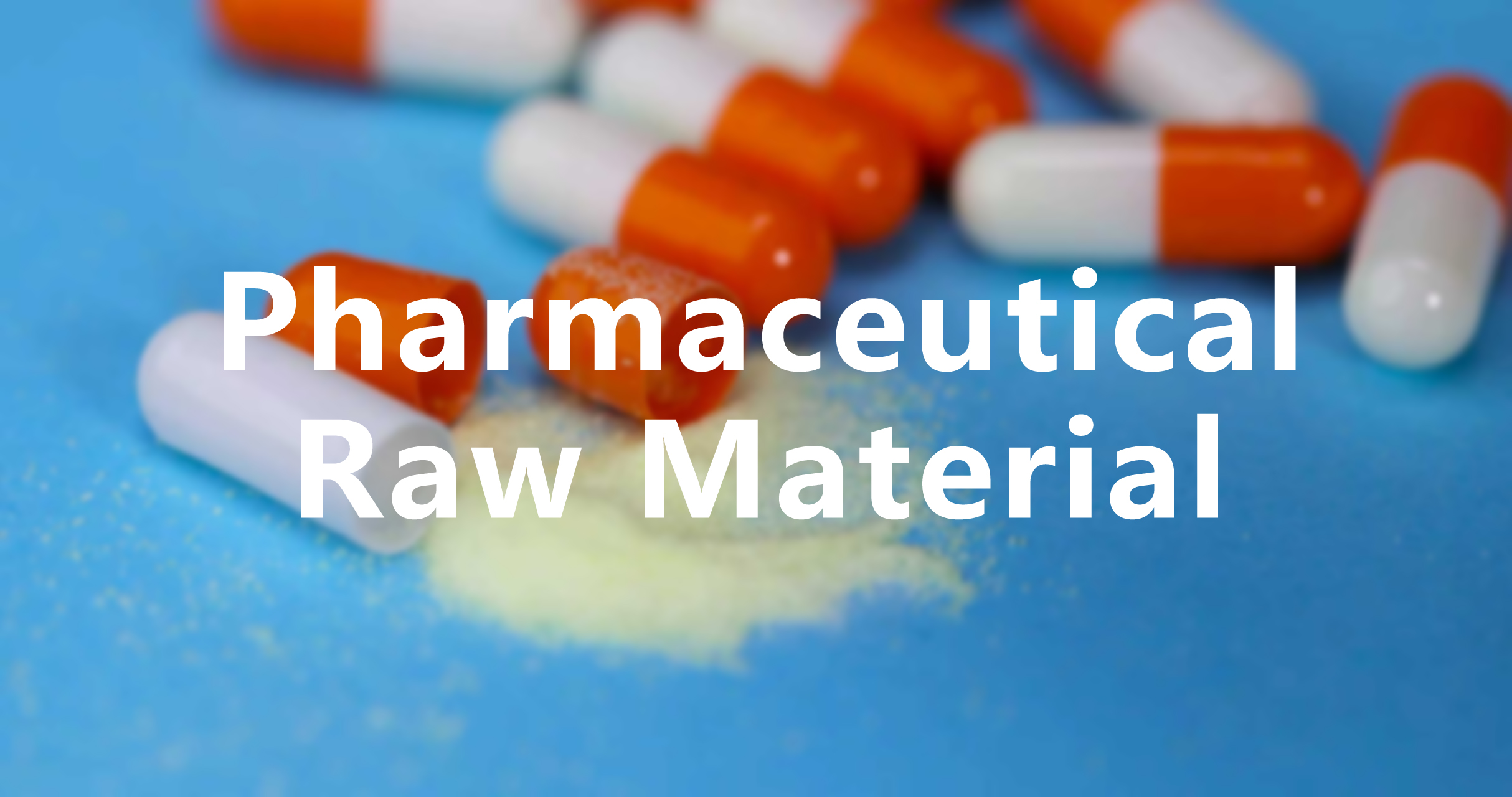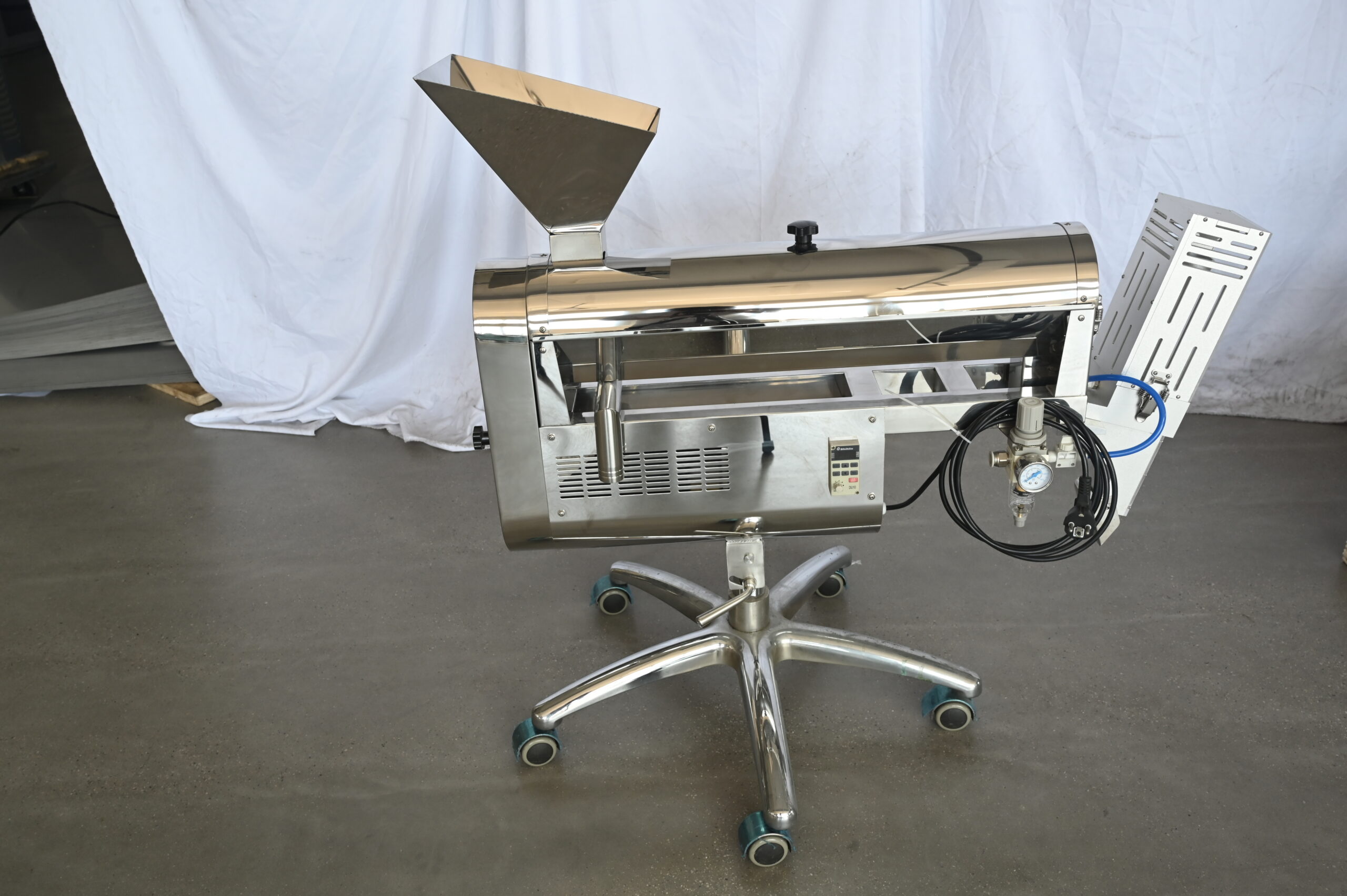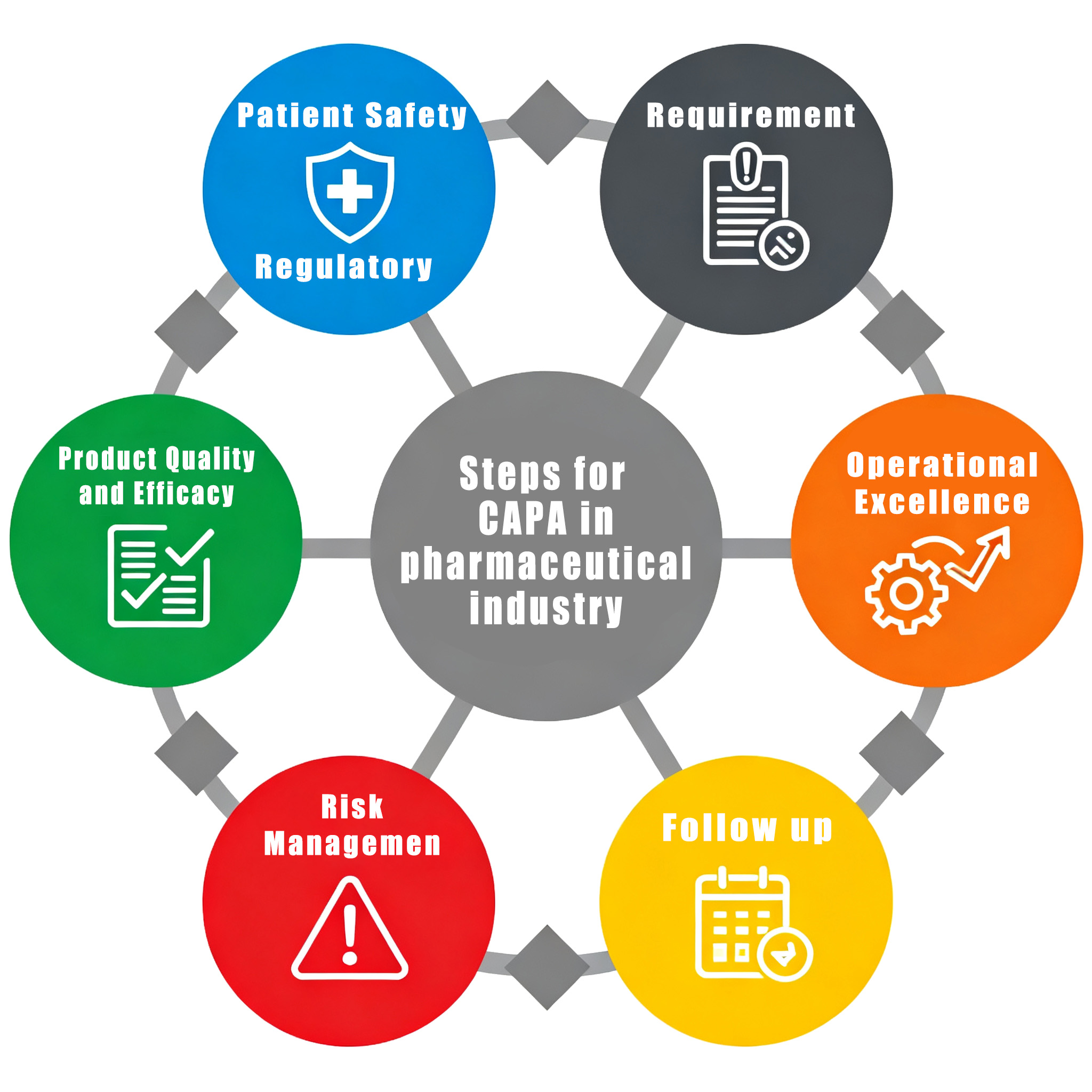Have you ever wondered how pills get their smooth, colorful outer layer? The answer lies in a fascinating piece of equipment called a tablet coating machine. These devices are essential in making the medicines we take every day.

Overview
A tablet coating machine is a specialized device used to apply thin layers of material onto tablets. Think of it like painting a wall, but instead of paint and walls, we’re using liquid coatings and pills. The machine spins tablets around while spraying them with coating materials.

This process makes tablets easier to swallow. It also protects the medicine inside and can make pills look more appealing. Without these machines, many of our everyday medications would be harder to take and less effective.
The coating process happens in a controlled environment. This ensures every tablet gets an even, consistent coating. The machine controls temperature, airflow, and spray patterns to create perfect results every time.
What is the Working Principle of Tablet Coating Machine?
The working principle is surprisingly simple. Picture a large drum or pan that rotates continuously. Raw tablets go into this rotating chamber. As they tumble around, the machine sprays coating solution onto them.
Here’s how it works step by step:
Video Source Glatt: https://www.youtube.com/watch?v=SXEduweiViw
Step 1: Loading
Uncoated tablets go into the rotating drum. The drum starts spinning slowly to keep tablets moving.

Step 2: Spraying
Special spray guns apply coating solution. The solution contains polymers, colors, and other materials. These guns spray in fine mists to ensure even coverage.

Step 3: Drying
Hot air flows through the chamber. This air dries the wet coating quickly. The temperature is carefully controlled to prevent damage.

Step 4: Repeating
The process repeats many times. Each cycle adds a thin layer. Multiple layers build up to create the final coating.

Step 5: Finishing
Once coating is complete, tablets are cooled and removed. They’re now ready for packaging.

The entire process relies on three key elements: movement, spraying, and drying. These work together to create smooth, uniform coatings on every tablet.
What is the Use of Tablet Coating Machine?
Tablet coating machines serve many important purposes. Let’s explore their main uses in different industries.
In the Pharmaceutical Industry
The pharmaceutical industry relies heavily on coating machines. Here are the main reasons:
Taste Masking
Many medicines taste terrible. Coating hides bitter or unpleasant flavors. This makes pills much easier to swallow, especially for children.
Extended Release
Special coatings control how fast medicine dissolves. Some coatings release medicine slowly over many hours. This means patients take fewer pills per day.
Protection
Coatings protect medicines from moisture and light. They also protect the medicine from stomach acid. This ensures the drug reaches the right part of the body.
Identification
Different colors and markings help identify pills. This prevents medication errors and makes pills easier to recognize.
Professional Appearance
Coated tablets look more professional and trustworthy. This helps with patient compliance and brand recognition.
In the Sugar Industry
The sugar industry also uses coating machines, though for different reasons:
Candy Production
Many candies need smooth, shiny coatings. Coating machines create the glossy finish on chocolate-covered candies and hard candies.
Vitamin Supplements
Sugar-coated vitamins are easier to swallow. The sweet coating masks the vitamin taste and makes them more appealing.
Confectionery Items
Items like coated nuts, mints, and gum all use coating machines. These create consistent, attractive finishes.
Types of Tablet Coatings
There are several types of coatings used on tablets. Each serves different purposes:
Sugar Coating
This is the traditional method. Multiple layers of sugar syrup create thick, sweet coatings. These take longer to apply but create very smooth finishes.
Film Coating
Thin polymer films create modern coatings. These dry quickly and use less material. Most modern tablets use film coatings.
Enteric Coating
These special coatings resist stomach acid. They dissolve only in the intestines. This protects sensitive medicines and reduces stomach irritation.
Sustained Release Coating
These coatings control drug release over time. They can make medicine last 12 or 24 hours instead of 4-6 hours.
Functional Coatings
Some coatings add special properties. They might change color, taste, or texture. These are used for specialized applications.
Tablet coating machine parts
1. The Coating Drum (The Core Chamber)
This is where the coating process physically happens. Tablets are loaded, rotated, mixed, and coated here.
-
Drum / Cylinder: The main rotating, perforated vessel that holds the tablets. Its shape (e.g., circular, hexagonal, bilobal) is designed to maximize tablet mixing and minimize dead zones.
-
Perforations: Small holes throughout the drum wall that allow the drying air to flow through the tablet bed for efficient drying.
-
Baffles: Internal fins or plates attached to the inside wall of the drum. They lift and cascade the tablets, ensuring a continuous, homogeneous mixing action for even coating distribution.
-
Drive System: A motor, gearbox, and chain/belt assembly that rotates the drum at a controlled, variable speed.
2. Spray System (The Application System)
This system precisely meters, atomizes, and applies the coating solution onto the tumbling tablets.
-
Spray Guns / Nozzles: The most critical part for application. They atomize the coating liquid into a fine mist. They are typically air-atomizing, using compressed air to create the spray pattern.
-
Pump: A peristaltic or diaphragm pump that delivers the coating solution from the reservoir tank to the spray guns at a consistent and precise flow rate.
-
Liquid Delivery Tubes/Hoses: Carry the coating solution from the pump to the guns.
-
Compressed Air Lines: Supply the atomizing and pattern air to the guns to control the spray quality and shape.
-
Gun Racking / Manifold: The assembly that holds the multiple spray guns in the optimal position inside the drum.
3. Air Handling System (The Drying System)
This system controls the temperature, volume, and flow of air used to dry the coating on the tablets.
-
Inlet Air Fan / Blower: Draws ambient air into the system.
-
Inlet Air Heater: Heats the incoming air to the required temperature (often using steam or electric elements).
-
Inlet Air Filters (HEPA): High-Efficiency Particulate Air filters ensure the air entering the drum is clean and devoid of contaminants.
-
Exhaust Air Fan / Blower: Pulls the moist, saturated air out of the drum and through the ductwork.
-
Ductwork: A network of sealed pipes that guides the inlet air into the drum and the exhaust air out.
-
Air Distribution Panels: Located inside the machine, these direct the hot inlet air so it flows evenly through the perforated drum and tablet bed.
4. Control System (The Brain)
Modern machines are controlled by programmable logic for automation and reproducibility.
-
Programmable Logic Controller (PLC): The computer that automates the entire process.
-
Human-Machine Interface (HMI) / Touchscreen: The user interface where the operator sets and monitors all parameters (drum speed, spray rate, air temperature, air volume, etc.).
-
Sensors: Various sensors constantly monitor and provide feedback to the PLC on:
-
Temperature: Inlet and exhaust air temps.
-
Air Pressure / Flow: Differential pressure across the bed, air velocity.
-
Pump Speed: To control solution flow rate.
-
Drum Speed.
-
5. Solution Preparation System
-
Mixing Tank: A stainless-steel vessel with a lid and mixer (agitator) where the coating solution or suspension is prepared and kept homogenous during the process.
6. Accessories & Auxiliary Parts
-
Loading System: Can be manual (via a chute) or automated (a lift and tip system).
-
Unloading System: Often a reverse rotation of the drum that discharges tablets out through a chute into a container.
-
Sight Glasses / Inspection Windows: Allow operators to visually monitor the coating process inside the drum.
-
Washing System (Clean-In-Place – CIP): Spray balls or nozzles inside the machine that automate the cleaning process after a batch is complete.
Which is the Primary Purpose of a Tablet Coating?
While coating serves many purposes, the primary goal is patient compliance and drug protection. Making medicines easier to take is crucial for treatment success.
Think about it this way: if a pill tastes terrible, patients might skip doses. If medicine breaks down before reaching the target, it won’t work properly. Coating solves both problems.
The most important benefits include:
- Making pills easier to swallow.
- Protecting the active ingredient.
- Controlling when and where medicine dissolves.
- Improving stability and shelf life.
- Enhancing patient acceptance.
Secondary benefits include better appearance, easier identification, and marketing advantages. However, these support the primary goal of effective treatment.
Modern coating technology continues to evolve. New materials and methods create better coatings with fewer side effects. This helps pharmaceutical companies create more effective medicines.
Final Words
Tablet coating machines play a vital role in modern medicine and food production. These clever devices transform raw tablets into smooth, protective, and appealing final products. The coating process combines engineering precision with pharmaceutical science. It ensures medicines work properly while making them easier for patients to take.
Understanding how these machines work helps us appreciate the complexity behind simple pills. Every coated tablet represents careful engineering and quality control. Whether it’s a pain reliever, vitamin, or candy, coating machines help create products we use every day. They make our medicines more effective and our treats more enjoyable.
Next time you take a pill, remember the sophisticated technology that made it possible. That smooth coating represents decades of innovation in pharmaceutical manufacturing. The future of tablet coating continues to advance. New technologies promise even better coatings with improved functionality. This means better medicines and happier patients for years to come.




